-
Welcome to Tacoma World!
You are currently viewing as a guest! To get full-access, you need to register for a FREE account.
As a registered member, you’ll be able to:- Participate in all Tacoma discussion topics
- Communicate privately with other Tacoma owners from around the world
- Post your own photos in our Members Gallery
- Access all special features of the site
Oil Catch Can Install Guide
Discussion in '2nd Gen. Tacomas (2005-2015)' started by CayucosTacoma, Jul 25, 2012.
Page 1 of 58
Page 1 of 58


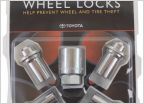 Which OEM Wheel Lock To Purchase?
Which OEM Wheel Lock To Purchase?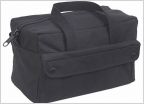 Nice little bag for behind double cab seat
Nice little bag for behind double cab seat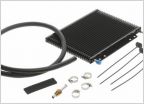 Transmission Assistance
Transmission Assistance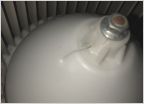 Best (and quietest?) blower motor?
Best (and quietest?) blower motor?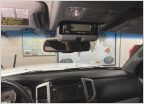 Ham Radio ICOM 2730A Install in the Sunglass Holder. FITS PERFECT
Ham Radio ICOM 2730A Install in the Sunglass Holder. FITS PERFECT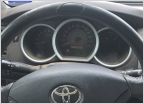 Steering wheel cover ideas?
Steering wheel cover ideas?








